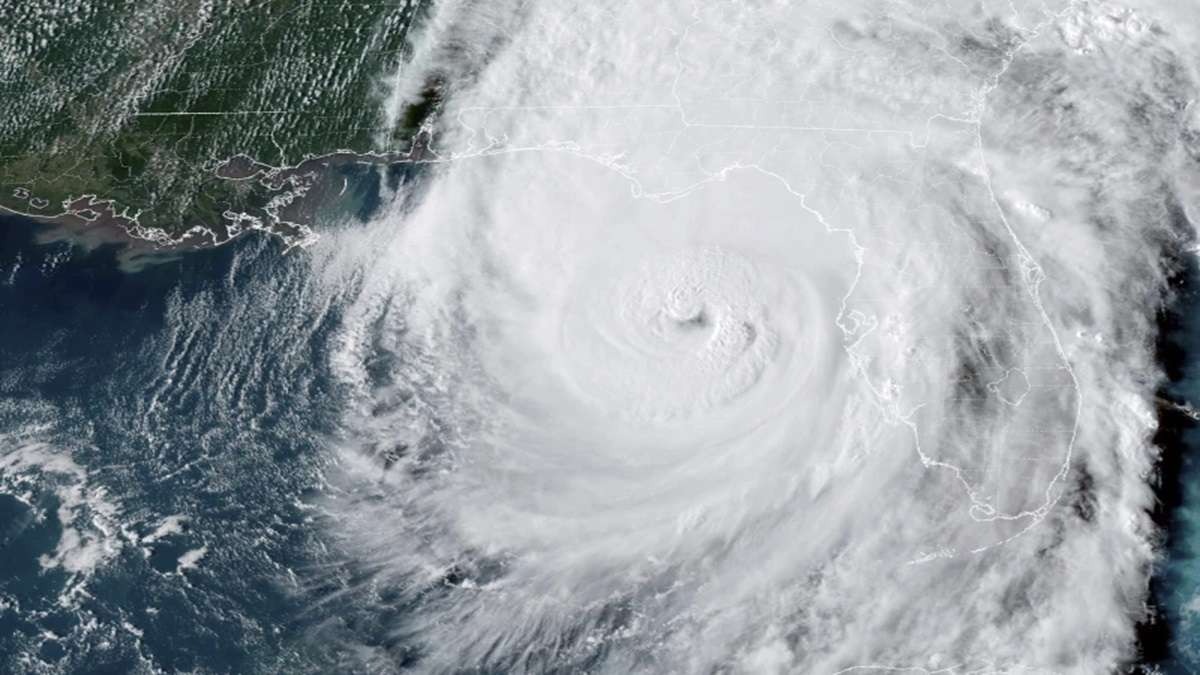
International: Hurricane Helene has intensified into a Category 4 storm as it moves towards Florida's northwest coast, bringing with it the potential for catastrophic damage, as per forecasters. The massive hurricane is likely to make landfall soon. After landfall, it is expected to cause "nightmare" storm surges, destructive winds, and heavy rainfall across much of the southeastern United States, they said. Helene is the eighth named storm of the Atlantic hurricane season, which began June 1.
With sustained winds reaching 215 km/h, the hurricane is currently positioned about 195 kilometres west of Tampa, according to the US National Hurricane Center. The storm has already cut power to over 250,000 homes and businesses in Florida, as reported by poweroutage.us.
Hurricane to cause damage in Florida's Big Bend area
The Big Bend area of Florida is expected to bear the brunt of the hurricane, with life-threatening storm surges projected to rise as high as 6 meters. In response to the impending danger, hurricane warnings and flash flood alerts have been issued across a broad swath of the region, extending from Florida's coast into northern Georgia and western North Carolina. Governors in Florida, Georgia, the Carolinas, and Virginia have declared states of emergency to mobilise resources and prepare for the severe impacts. Widespread power outages, downed trees, and damaged infrastructure are anticipated as the storm makes landfall, and residents are urged to take immediate precautions.
Tropical storm force winds began battering Florida on Thursday as Hurricane Helene prepared to make landfall, with forecasters warning that the enormous storm could create a “nightmare” surge along the coast and churn up damaging winds hundreds of miles inland across much of the southeastern US. The storm's wrath was starting to be felt Thursday afternoon, with water lapping over a road on the northern tip of Siesta Key near Sarasota and covering some intersections in St.Pete Beach along Florida's Gulf Coast. Lumber and other debris from a fire in Cedar Key a week ago was crashing ashore in the rising water. And winds of up to 205 kmph have already left around 180,000 Florida homes and businesses without power.
Forecasters warn of tornadoes and mudslides
Beyond Florida, up to 25 centimetres of rain has fallen in the North Carolina mountains, with up to 36 centimetres more possible before the deluge ends, setting the stage for flooding that forecasters warned could be worse than anything seen in the past century. With forecasters also warning of tornadoes and mudslides, the governors of Florida, Georgia, the Carolinas and Virginia have all declared emergencies, as did President Joe Biden for several of the states. He is sending the head of the Federal Emergency Management Agency to Florida on Friday to view the damage.
About Hurricane Helene
Helene is forecast to be one of the largest storms in breadth in years to hit the region, said Colorado State University hurricane researcher Phil Klotzbach. He said since 1988, only three Gulf hurricanes were bigger than Helene's predicted size: 2017's Irma, 2005's Wilma and 1995's Opal. Areas 160 kilometres north of the Georgia-Florida line can expect hurricane conditions. More than half of Georgia's public school districts and several universities canceled classes.
The state has opened its parks to evacuees, and their pets, including horses. And overnight curfews were imposed in many cities and counties in south Georgia, including Albany, Valdosta and Thomasville. For Atlanta, Helene could be the worst strike on a major Southern inland city in 35 years, said University of Georgia meteorology professor Marshall Shepherd.
--Advertisement--

 Desk
Desk Share
Share





